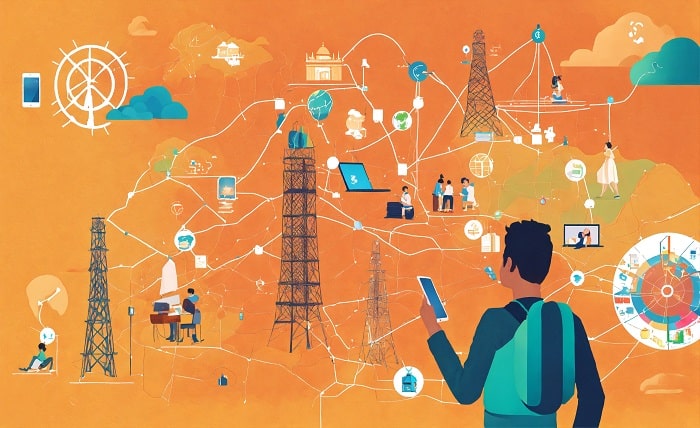Introduction
In today’s digital age, the power of visualization, or “viz” as it’s commonly abbreviated, has become an essential tool across various fields. From data analysis to storytelling, mastering viz techniques enables professionals and enthusiasts alike to communicate complex information effectively and engagingly. This blog post explores the multifaceted world of viz, offering insights, tips, and best practices to enhance your visualization skills.
The Essence of Viz
Viz goes beyond mere data representation; it’s an art and science that makes complex information accessible and understandable. By using visual elements like charts, graphs, and maps, viz helps users see patterns and relationships in data that text alone cannot convey.
Types of Viz Tools
Several tools can enhance your viz capabilities. Software like Tableau, Microsoft Power BI, and Adobe Illustrator are instrumental in creating compelling visual content. Each tool offers unique features suitable for different viz needs, whether for business analytics or creative design.
Importance in Business Analytics
In business analytics, viz serves as a bridge between raw data and actionable insights. It allows stakeholders to grasp performance metrics at a glance and make informed decisions quickly, boosting efficiency and productivity in the corporate environment.
Enhancing Educational Materials
Educators increasingly rely on viz to make learning more interactive and engaging. Visual aids help students grasp complex concepts faster and retain information more effectively, making viz an invaluable tool in educational settings.
The Role in Storytelling
Storytelling with viz, or visual storytelling, is a powerful method to capture and maintain an audience’s attention. It transforms narratives into visual experiences, making stories more memorable and impactful.
Viz in Social Media Marketing
Social media marketers use viz to catch the eye of potential customers. Well-crafted images and infographics can significantly increase engagement on platforms like Instagram and Facebook, where visual content reigns supreme.
Future Trends in Viz
As technology evolves, so do viz techniques. Emerging trends like augmented reality (AR) and virtual reality (VR) are setting the stage for more immersive visualization experiences, promising to revolutionize how we interact with data and stories.
Best Practices for Effective Viz
To create effective visualizations, consider clarity, simplicity, and consistency. Use colors and fonts that enhance readability and ensure your viz delivers the intended message without overwhelming your audience.
Challenges and Solutions in Viz
Despite its many benefits, viz comes with challenges, such as data privacy concerns and the potential for misinterpretation. Addressing these issues requires a careful balance between aesthetics and ethics, ensuring that viz not only looks good but also conveys accurate information.
Conclusion
Viz remains a powerful tool that spans various disciplines and industries. By understanding and applying the right visualization techniques and tools, professionals can unlock a world of possibilities, making information not only visible but also insightful and persuasive. Embrace the power of viz to transform data into stories that inform, educate, and inspire.
FAQs
1. What is “viz”?
- “Viz” refers to visualization, the practice of representing data and information through visual means like charts, graphs, and interactive displays.
2. How does viz help in education?
- Viz helps in education by making complex information easier to understand and more engaging for students, leading to better comprehension and retention.
3. Which tools are best for creating effective viz?
- Some of the best tools for creating effective viz include Tableau for data visualization, Adobe Illustrator for graphic design, and Microsoft Power BI for business analytics.
4. What are the future trends in viz?
- Future trends in viz include the integration of augmented reality (AR) and virtual reality (VR), which promise to deliver more immersive and interactive visual experiences.
5. What are the common challenges in viz?
- Common challenges in viz include ensuring data accuracy, maintaining privacy, and avoiding visual clutter that can lead to misinterpretation or confusion.






